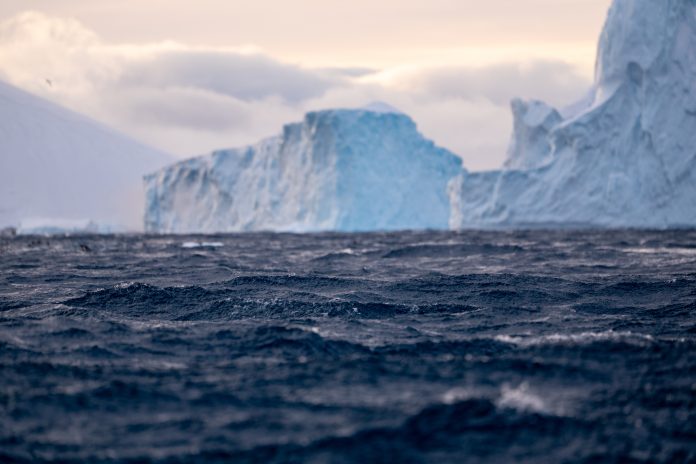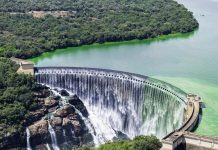An AWI study suggests why the Southern Ocean is halting CO2 release, defying climate models. Increased low-salinity surface water is creating a barrier, temporarily trapping carbon-rich water below and preserving the vital carbon sink
The Southern Ocean, a vital global carbon sink, is defying climate model predictions by maintaining its capacity to absorb CO2, a phenomenon now potentially explained by a study from the Alfred Wegener Institute (AWI).
Researchers have discovered that an increase in cold, low-salinity surface water has been effectively trapping CO2-rich deep ocean water, temporarily offsetting the anticipated weakening of this critical carbon sink due to climate change. The findings, published in the journal Nature Climate Change, suggest a temporary reprieve that could, however, soon reverse as climate effects intensify.
Southern Ocean’s crucial CO2 absorbing role
Oceans absorb about a quarter of all human-made CO2 emissions, and the Southern Ocean alone accounts for approximately 40 per cent of this oceanic storage. This region’s powerful role stems from its unique circulation, where water masses upwell from the deep, absorb atmospheric CO2, and then sink back down, storing the carbon.
Climate models have long predicted that strengthening westerly winds, a known effect of global warming, would enhance this circulation. This would bring more ancient, CO2-rich deep water to the surface, reducing the ocean’s ability to take in new, anthropogenic CO2. However, contrary to these projections, observational data from recent decades has shown no significant decline in the Southern Ocean’s CO2 absorption capacity.
The freshwater barrier
AWI oceanographer and lead author Dr. Léa Olivier and her team investigated the discrepancy using a comprehensive dataset of biogeochemical data from marine expeditions spanning from 1972 to 2021. They focused on long-term changes in water masses and circulation patterns, excluding biological processes.
Their analysis revealed that since the 1990s, the density difference, or stratification, between the deep and surface waters has actually strengthened. The near-surface water has become less salty—a process known as “freshening”—due to increased inputs from precipitation and the melting of glaciers and sea ice.
“The Southern Ocean’s surface water salinity has reduced… This ‘freshening’ reinforces the density stratification between the two water masses,” explains Dr. Olivier. This denser barrier essentially keeps the CO2-rich deep water, normally found below 200 metres, locked away from the atmosphere, preventing the release of accumulated carbon and allowing the ocean to continue absorbing new CO2.
Looming threat of collapse: Preventing CO2 release
While the freshwater barrier has provided a crucial temporary buffer against climate model predictions, the study warns that the situation is becoming increasingly precarious. The persistent strengthening of westerly winds continues to push the deep water mass closer to the surface.
The research indicates that the upper boundary of the deep water has shifted approximately 40 metres closer to the surface since the 1990s. As the transition layer moves shallower, it becomes more susceptible to mixing caused by the strengthening winds. Should this stratification barrier weaken or break, the vast store of deep-ocean CO2 could be rapidly released to the surface, drastically diminishing the Southern Ocean’s capacity as a carbon sink and accelerating global warming.
“Our study shows that this fresher surface water has temporarily offset the weakening of the carbon sink,” summarises Dr. Olivier, “However, this situation could reverse if the stratification were to weaken.”
Beyond just the ocean’s surface
The findings underscore the need to look “beyond just the ocean’s surface” to understand the full complexity of the Southern Ocean’s carbon cycle. Co-author Prof. Alexander Haumann highlights the urgency of gathering additional data, particularly during the winter months when water masses are more prone to mixing. The AWI is set to examine these crucial processes as part of the international Antarctica InSync programme, aiming to better predict the long-term effects of climate change on this essential part of the global climate system.











